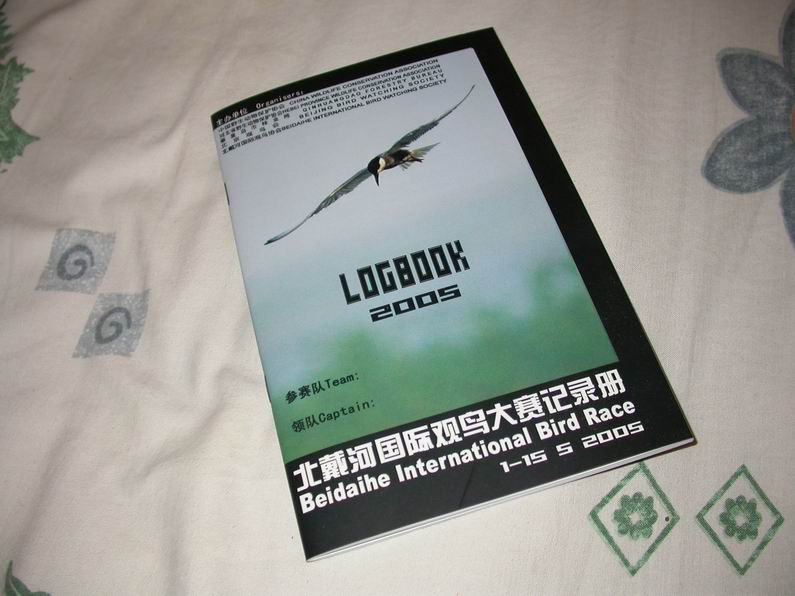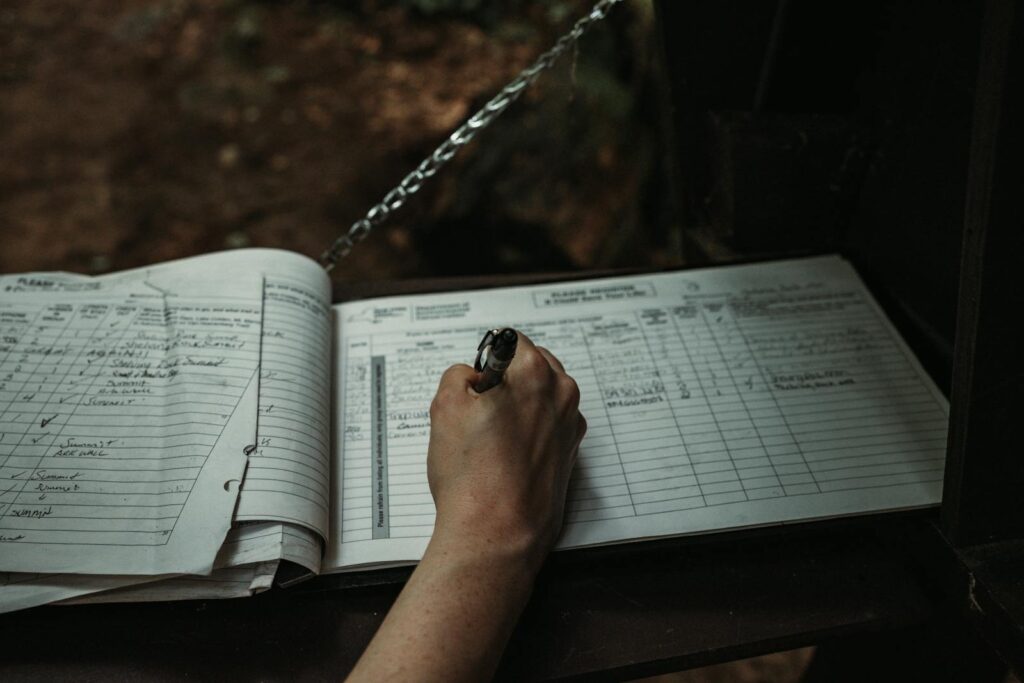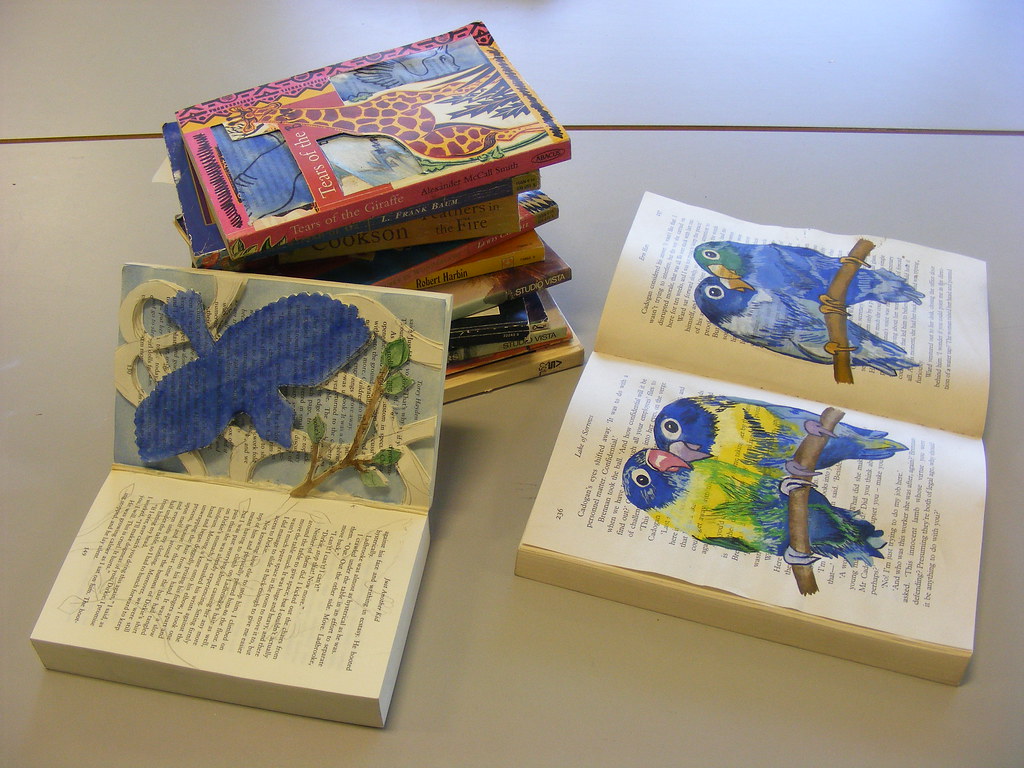Bird watching is not just a recreational activity but a doorway to understanding the intricate patterns of avian behavior and migration. While casual observations provide enjoyment, systematically recording these sightings through a logbook elevates the experience from a mere hobby to valuable citizen science. A well-maintained bird activity logbook can reveal fascinating insights about local ecosystems, seasonal patterns, and even long-term environmental changes. Whether you’re a seasoned ornithologist or a curious nature enthusiast, learning to document bird activity methodically can transform your relationship with the natural world and contribute meaningfully to our collective understanding of avian life.
Why Keep a Bird Activity Logbook?

Maintaining a bird activity logbook serves multiple valuable purposes beyond simply remembering what you’ve seen. First, it creates a personal historical record that allows you to track changes in local bird populations over time, potentially alerting you to concerning declines or encouraging increases in species presence. Second, these records contribute to citizen science projects like the Audubon Christmas Bird Count or eBird, where collective observations help researchers monitor population trends and migration patterns on a larger scale. Third, a logbook enhances your own bird identification skills as you become more attentive to subtle details and behavioral patterns you might otherwise overlook. Finally, there’s the personal satisfaction of building a chronicle of your relationship with the natural world, creating a legacy of observations that can be shared with future generations or fellow enthusiasts.
Essential Supplies for Your Bird Logbook

Creating an effective bird logbook doesn’t require expensive equipment, but a few thoughtful choices will enhance its usefulness and longevity. Start with a durable notebook—ideally weatherproof with high-quality paper that can withstand outdoor conditions and occasional moisture. A notebook with a hard cover provides a stable writing surface in the field, while one that lies flat when open makes recording easier. Consider including a dedicated pocket for storing small items like feathers or leaf samples that might help with later identification. You’ll also want quality writing implements that won’t smudge or fade over time—waterproof pens with archival-quality ink are ideal. Some birders find that a combination of pencil (for quick field notes) and pen (for permanent records) works best, along with colored pencils for quick sketches or visual notes about plumage details.
Setting Up Your Logbook Structure

A well-organized logbook structure makes information easier to record consistently and retrieve later. Begin by dedicating the first few pages to a table of contents that you’ll update as you fill the book, making specific observations easier to locate. Create a standard template for daily entries that includes date, time, location (with GPS coordinates if possible), weather conditions (temperature, cloud cover, precipitation, wind), and habitat type. Reserve space for both expected information (species identification, numbers, behaviors) and unexpected observations that might prove significant later. Many experienced birders find it helpful to include dedicated sections for different locations they frequently visit, allowing for easy comparison over time. Consider also including reference pages for local seasonal expectations, personal identification challenges, or specific projects you’re focusing on, such as nesting behaviors or feeding patterns.
Identifying Information to Record

The information you record about each bird sighting determines the scientific value and personal usefulness of your logbook. Always note the species (or your best guess with descriptive details if uncertain), the number of individuals, the time of observation, and specific location details, including habitat type. Record behavioral observations such as feeding activities, vocalizations, flight patterns, or interactions with other birds or wildlife. Note any distinguishing characteristics like unusual plumage, visible injuries, or band identification numbers if present. For a more detailed study, include information about the bird’s age (juvenile, adult) and sex if determinable. Environmental context matters too—record what the bird was eating, which part of a tree or habitat it was utilizing, and how it responded to your presence or other disturbances. These details create a comprehensive picture that becomes increasingly valuable as your records accumulate.
Developing a Consistent Recording Routine

Consistency transforms casual observations into scientifically valuable data. Establish a regular recording schedule that works with your lifestyle—whether that’s daily morning observations from your garden, weekly visits to a local park, or monthly surveys of different habitats in your region. Set aside dedicated time immediately after each observation session to transfer field notes to your permanent logbook while details remain fresh in your mind. Develop personal shorthand or codes for common observations that save time without sacrificing accuracy, such as behavioral codes (F for feeding, P for preening) or habitat notations. Create habits around your recording practice, such as always noting the start and end times of your observation period and following the same species documentation order. Remember that consistent imperfect records are more valuable than sporadic perfect ones—a simple five-minute daily count from your window provides more useful data than occasional elaborate surveys.
Sketching and Visual Documentation Techniques

Visual documentation enriches your logbook and develops your observational skills, even if you don’t consider yourself an artist. Simple field sketches capture key identification features like bill shape, posture, or distinctive markings that might be difficult to describe in words alone. Focus on the bird’s proportions rather than artistic perfection—quick line drawings that note the relationship between head size, body length, and tail length are invaluable for later identification. Use arrows and notations on your sketches to indicate color patterns, distinctive markings, or behavioral observations. For those less confident in drawing, develop a personal system of symbols and diagrams to represent common situations, like flight patterns or feeding positions. Consider complementing your sketches with other visual documentation—pressed leaves from feeding trees, rough maps of territories, or even feathers (where legally permitted) provide additional context to your written observations.
Recording Seasonal Patterns and Migration

One of the most valuable aspects of long-term bird logging is documenting seasonal changes and migration patterns in your area. Create dedicated sections in your logbook for tracking first and last sighting dates of migratory species each year, allowing you to notice shifts that might be related to climate change or habitat alterations. Record not just presence but abundance—noting whether you’re seeing individual birds or flocks, and how those numbers change throughout the season. Document breeding behaviors with special attention to timing: when nest-building begins, when young appear, and when fledglings become independent. Track how resident birds’ behaviors change seasonally, from territory establishment to molting periods. Over the years, these records have become invaluable personal references that help you anticipate seasonal changes and notice unusual variations that might indicate environmental issues or population challenges.
Documenting Bird Behaviors and Interactions

Bird behaviors reveal fascinating aspects of avian intelligence and social structures that simple species lists can’t capture. Create specialized notation systems for recording common behaviors like feeding techniques, territorial displays, courtship rituals, and alarm responses. Note interspecies interactions, such as mixed feeding flocks, mobbing behaviors toward predators, or competition for resources. Pay special attention to unusual behaviors—birds using novel food sources, adapting to urban environments, or responding to environmental challenges. Record vocalizations with descriptive notes or personal phonetic spellings that help you remember specific calls and songs. When possible, note the context of behaviors: Is that alarm call in response to a cat, a hawk, or a human? Is that territorial display directed at a member of the same species or a different one? These behavioral notes transform your logbook from a simple checklist into a narrative of avian life.
Using Photography to Complement Your Logbook

While traditional logbooks rely on written notes and sketches, digital photography offers powerful complementary documentation that enhances your records. Develop a system for referencing photographs within your written logbook entries, whether through file numbers, QR codes, or simple dated cross-references. Focus your photography on aspects difficult to capture in words—subtle plumage details, behavioral sequences, or habitat contexts. When photographing birds, prioritize documentary value over artistic composition, ensuring key identification features are visible. Consider creating photographic records of your observation locations in different seasons to track habitat changes that might affect bird populations. Remember that photographs complement rather than replace written observations—many important details like sounds, smells, temperature, and the bird’s reaction to your presence can only be captured through notes. For the technically inclined, explore specialized bird photography applications that automatically record location data and integrate with citizen science platforms.
Analyzing Your Data Over Time

The true value of a bird logbook emerges over months and years as patterns become visible through accumulated data. Develop simple systems for periodic review and analysis of your observations, such as monthly species tallies or seasonal comparison charts. Create visual representations of your data—simple graphs showing species abundance by month, maps indicating territory changes, or timeline displays of migration arrivals and departures. Look for correlations between bird activity and environmental factors you’ve recorded, such as how weather events affect feeding behavior or how urban development impacts species diversity. Pay special attention to species showing notable changes in frequency or behavior, which might indicate local environmental shifts. Consider dedicating time annually to a comprehensive review of your year’s observations, noting trends and setting specific questions to investigate in the coming year. These analytical practices transform your logbook from a collection of observations into a powerful tool for understanding your local ecosystem.
Contributing to Citizen Science Projects

Your carefully maintained bird logbook can contribute valuable data to scientific research through citizen science initiatives. Familiarize yourself with major projects like eBird, Project FeederWatch, or breeding bird surveys that welcome contributions from amateur naturalists. Understand each project’s specific data requirements and recording protocols to ensure your observations meet their standards—some may require specific counting methods or observation periods. Consider adapting portions of your logbook system to align with these protocols while maintaining your recording style. Many projects now offer mobile applications that make data submission straightforward, allowing you to contribute observations directly from the field. Beyond large-scale projects, consider connecting with local conservation organizations, nature centers, or university biology departments that might value your localized long-term observations. Contributing to citizen science not only increases scientific understanding of bird populations but also connects you to a community of like-minded observers sharing your passion.
Digitizing and Preserving Your Records

Physical logbooks are vulnerable to damage or loss, making digital backups an important consideration for long-term preservation of your observations. Establish a regular schedule for digitizing your records, whether through scanning pages, transcribing notes to spreadsheets, or using specialized nature journaling applications. Consider creating both verbatim digital copies (preserving your original notes and sketches) and structured databases that make the information more searchable and analyzable. Explore software options designed specifically for naturalists, such as database applications that allow tagging entries by species, location, behavior, or season. Store your digital records in multiple locations using cloud services alongside local backups to ensure they survive technological changes. If your logbooks contain particularly valuable long-term data, consider contacting local natural history museums, university archives, or ornithological societies about preservation options—decades of consistent local observations have significant historical and scientific value. Remember that physical logbooks retain unique advantages too; properly stored acid-free paper can survive centuries while digital formats require ongoing maintenance as technologies change.
Turning Your Logbook Into a Personal Field Guide

After months or years of consistent recording, your logbook transforms into a personalized field guide specifically calibrated to your local environment. Create reference sections that distill your accumulated knowledge into practical resources, such as seasonal expectation calendars showing when to look for particular species or behaviors in your area. Develop identification guides for challenging species groups based on your observations of distinguishing features that work best for you. Compile habitat associations, noting which species you typically find in specific locations and under what conditions. Document your evolving understanding of bird vocalizations with phonetic notations that resonate with your ear rather than official descriptions. These personalized resources become increasingly valuable as they incorporate the idiosyncrasies of your local bird populations that general field guides cannot capture. Many experienced birders find that their logbooks eventually become their most consulted reference, especially when introducing others to birdwatching in their region.
A bird activity logbook represents far more than a list of species encountered—it becomes a chronicle of your relationship with the natural world, a scientific contribution to our understanding of avian life, and a deeply personal record of moments of connection and discovery. Whether your approach is meticulously scientific or artistically expressive, the consistent practice of observing and recording transforms how you see the birds around you. With time, patterns emerge from your notes that reveal the intricate rhythms of the natural world, from the grand cycles of migration to the subtle daily routines of your backyard visitors. In an age of digital distraction, the simple practice of maintaining a bird logbook reconnects us with the ancient human tradition of careful observation and record-keeping, creating a legacy of attention that enriches both personal experience and our collective understanding of the living world.
